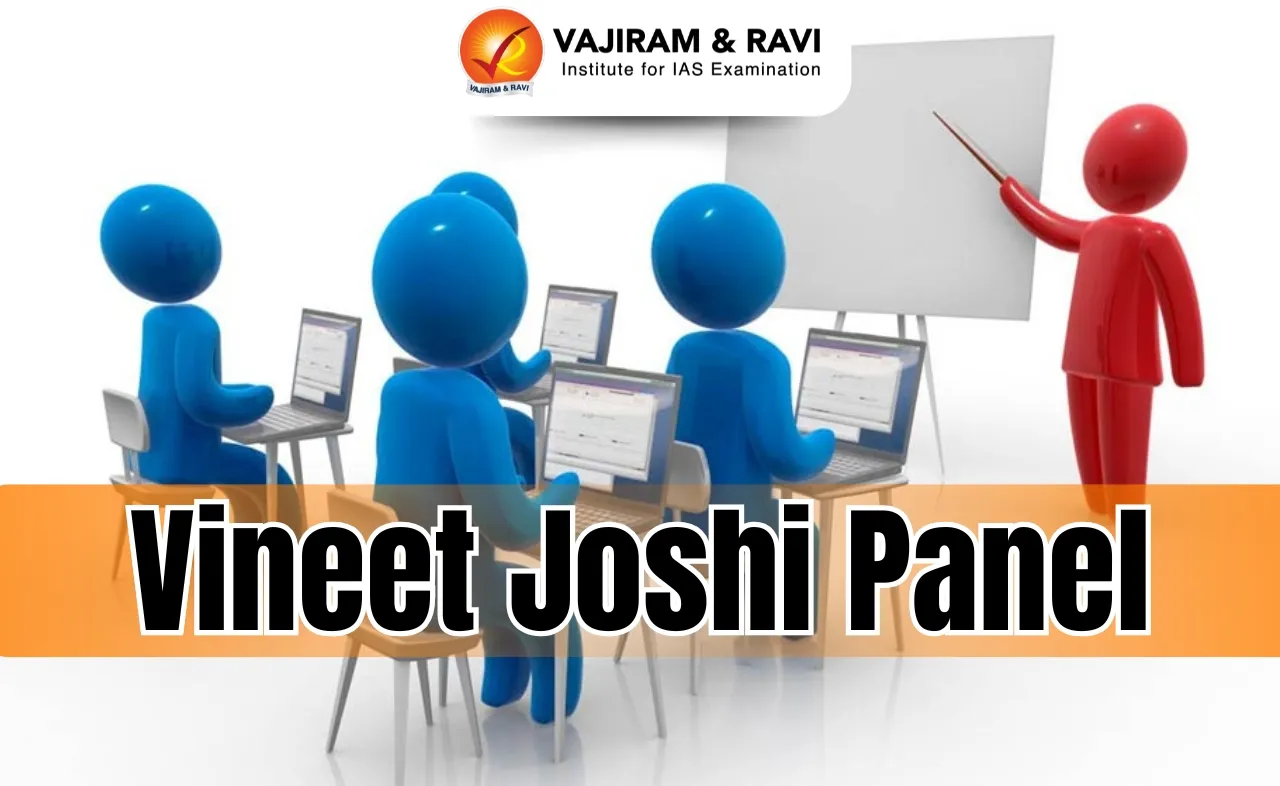About Krishnaraja Sagar (KRS) Dam:
- It is a type of gravity dam built on the river Kaveri and its tributaries, Hemavathi and Lakshmana Theertha, in the district of Mandya in Karnataka.
- Construction:
- The dam was named after Maharaja Krishna Raja Wadiyar IV, the then ruler of the princely state of Mysore, who played a significant role in initiating and funding the construction.
- The dam’s primary objectives were to provide water for irrigation, generate hydroelectric power, and mitigate the impact of droughts in the region.
- The construction began in 1911 and was completed in 1931.
- The dam was designed by Sir M. Visvesvaraya, a famous Indian engineer (often referred to as the ‘architect of modern Mysore’ or ‘father of planning in India’).
- The reservoir is spread over an area of 130 Sq. Kms.
- Features:
- It is 2,621 meters (8,600 feet) long and 40 meters (130 feet) high.
- The dam has arch-type 177 iron sluices, and some of them have automatic doors.
- The dam was among the first in the world to have automatic sluice gates.
- It was constructed using traditional stone masonry and a lime-pozzolan mortarcalled surki, which acted as the binder.
- Brindavan Gardens, an ornamental garden, is attached to the dam.
- Usage:
- Apart from being the main source of water for irrigation in the most fertile Mysore and Mandya, the reservoir is the main source of drinking water for all of Mysore city and almost the whole of Bangalore city.
- It also ensures power supply to the Shivanasamudra hydroelectric power station.
- The water released from this dam flows into the state of Tamil Nadu and is stored in the Mettur dam in the Salem district.
Q1. What is a Gravity Dam?
A gravity dam is a type of dam structure designed to withstand the force of water pressure solely through its weight. It relies on its massive weight and resistance to sliding to hold back the force of the water and maintain stability. Gravity dams are commonly built in locations where there is a solid foundation of bedrock or rock formations that can support their weight effectively.
Source: Monsoon in Karnataka: KRS dam breaches 100 feet mark, Kabini almost full following rain in Kerala
Last updated on June, 2025
→ UPSC Notification 2025 was released on 22nd January 2025.
→ UPSC Prelims Result 2025 is out now for the CSE held on 25 May 2025.
→ UPSC Prelims Question Paper 2025 and Unofficial Prelims Answer Key 2025 are available now.
→ UPSC Calendar 2026 is released on 15th May, 2025.
→ The UPSC Vacancy 2025 were released 1129, out of which 979 were for UPSC CSE and remaining 150 are for UPSC IFoS.
→ UPSC Mains 2025 will be conducted on 22nd August 2025.
→ UPSC Prelims 2026 will be conducted on 24th May, 2026 & UPSC Mains 2026 will be conducted on 21st August 2026.
→ The UPSC Selection Process is of 3 stages-Prelims, Mains and Interview.
→ UPSC Result 2024 is released with latest UPSC Marksheet 2024. Check Now!
→ UPSC Toppers List 2024 is released now. Shakti Dubey is UPSC AIR 1 2024 Topper.
→ Also check Best IAS Coaching in Delhi
























